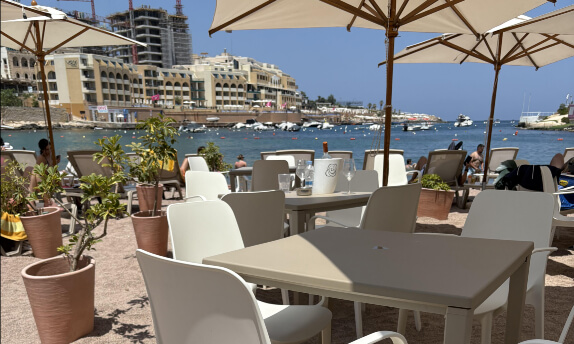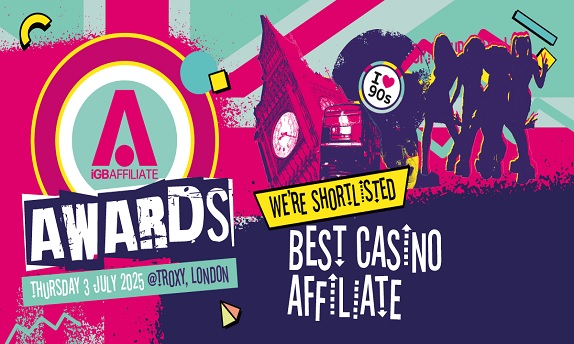Yesterday, the prominent gambling support charity GambleAware, published new research that demonstrate knowledge of resources like GambleAware itself is astonishingly low in particular communities.
ClearView’s research, with GambleAware’s backing, involved 188 children and young people of BAME background. They were asked about their experiences with gambling in culture and media as well as in their own personal lives. Such experiences included seeing scratch cards, national lottery advertising, gambling advertising in betting shop windows, as well as seeing their parents and other family members betting on sports events or buying lottery tickets.
Prior research had shown that although people of Black, Asian and other minority backgrounds are less likely to gamble, those who do are seven times more likely to be problem gamblers. This is why GambleAware felt the need to commission this research in order to delve deeper into the underlying issues.
A whopping 88% of those involved in the study said that they had seen gambling advertising either on the television, YouTube or on football matches.
Those interviewed between the ages of 9 and 15 said on balance they believed gambling was worse than drug taking in their community. Those age 16-24 said they acknowledged that gambling is not discussed as often as drugs, alcohol and sex. All age groups acknowledged that despite being so pervasive in society, they did not discuss gambling regularly in their family lives or in their wide communities.
Though the respondents were able to speak on the fact that gambling was very prevalent in society through culture and media, 91% could not name a single source of help or support for gambling related problems. GambleAware have resolved to make sure that awareness is heightened in BAME communities.
Kenny Imalfdon, the Managing Director of ClearView Research said: “A failure to have this cultural awareness can seriously affect how information is, or services are, received or perceived in these communities.”


